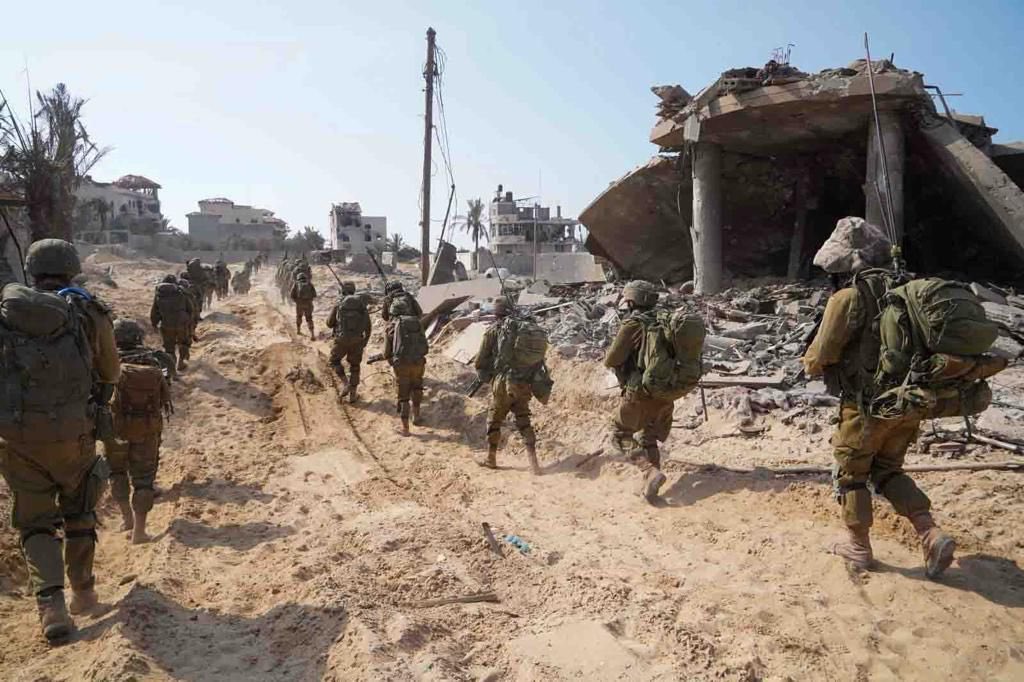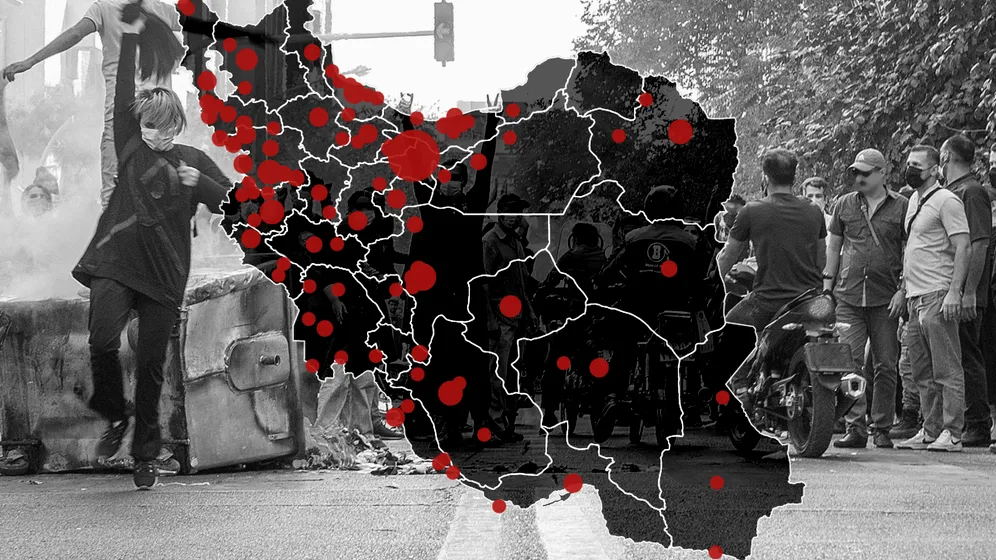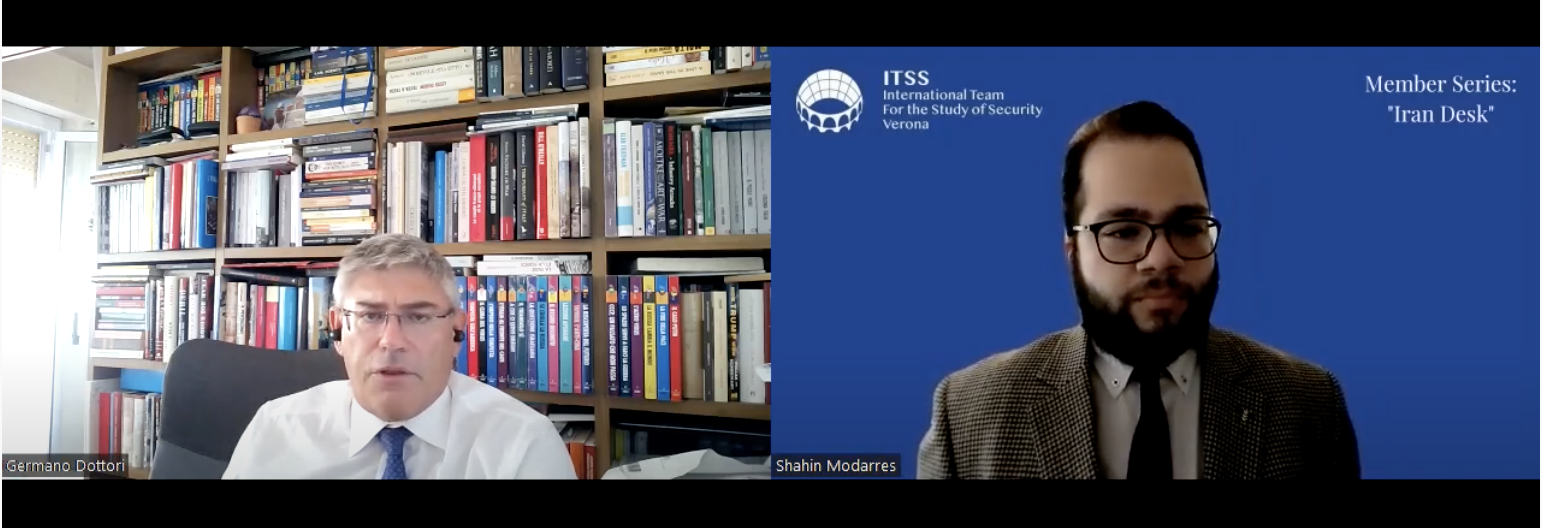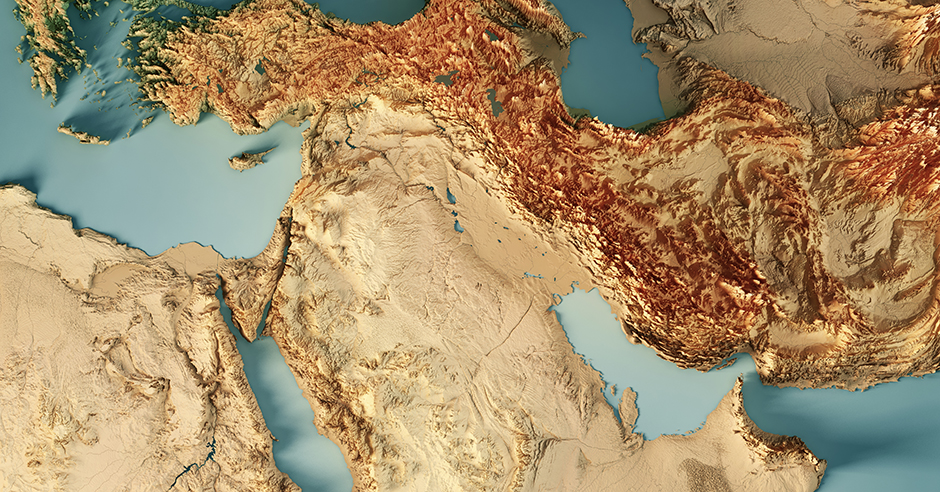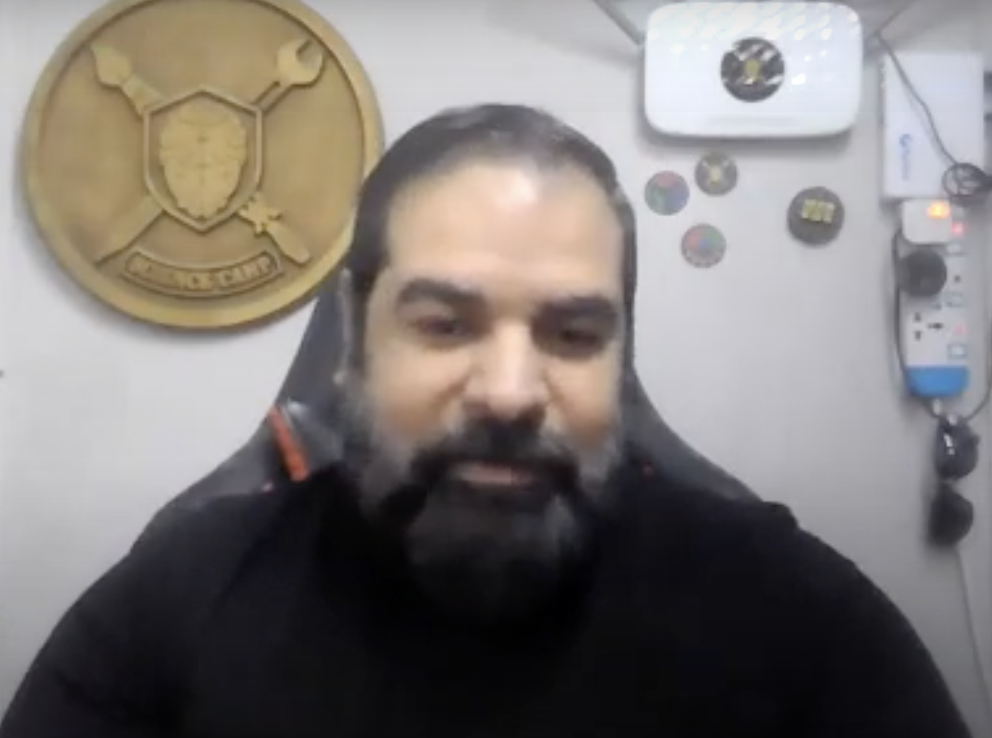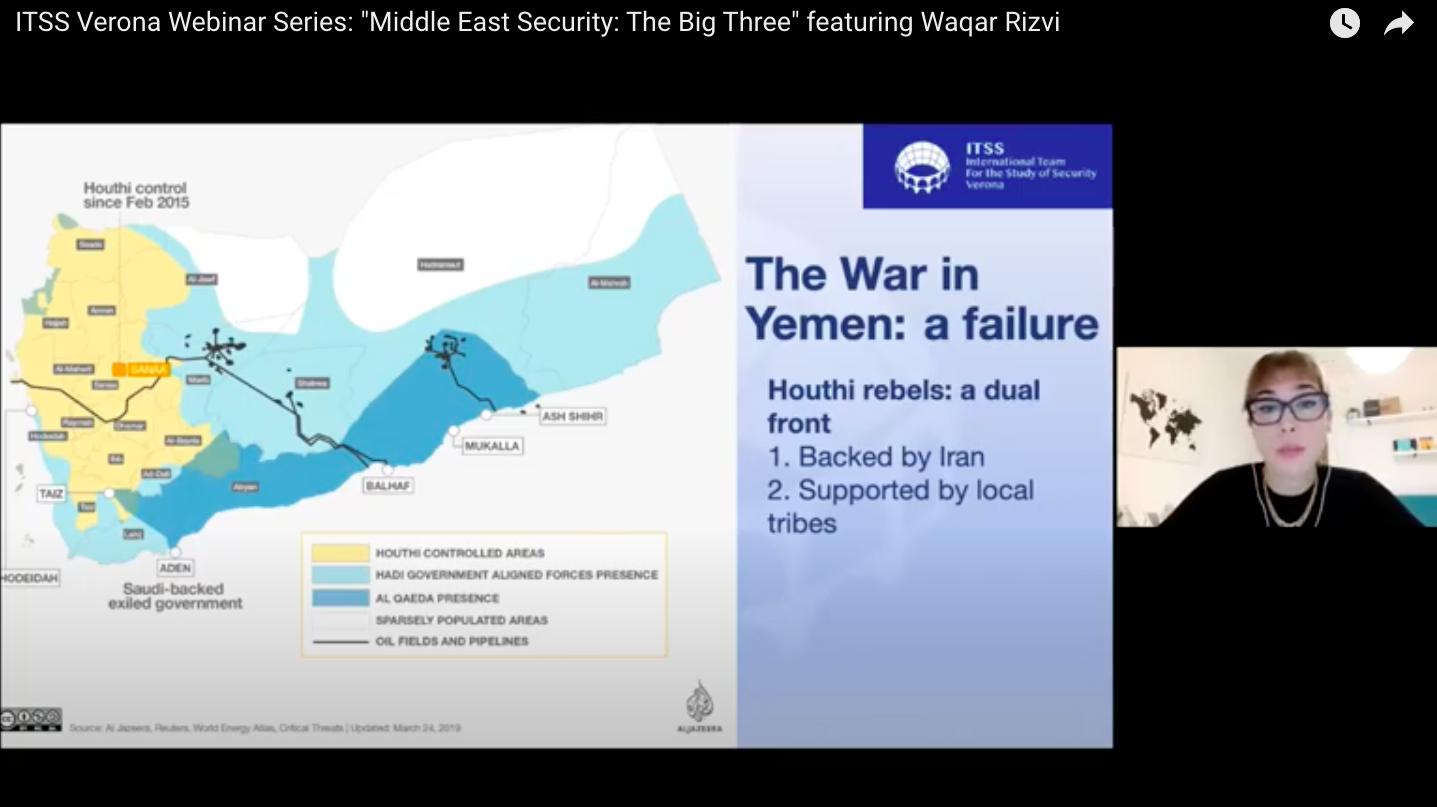by Margherita Ceserani, Shahin Modarres, Shir Mor, William Kingston-Cox - Iran Team
The Islamic Republic’s recent choice to directly confront Israel, avoiding its usual reliance on proxy groups, marks a significant shift in its Middle East strategy. Long dependent on groups like Hezbollah and Hamas for regional influence, the weakening of these proxies—amid Israeli retaliation and Iran’s internal crises—has led Tehran to reconsider its approach. This article explores the internal and external factors driving the Islamic Republic’s move toward a more direct confrontation.
Its proxies weakening
The Islamic Republic's decision to attack Israel directly, bypassing its traditional reliance on proxy groups - also called the "Axis of Resistance" - marks a significant shift in its strategic approach. This uncharacteristic behaviour is largely driven by the weakening of its proxies, particularly in the aftermath of the events following October 7th.
For decades, the Islamic Republic has built, supported, and relied on external groups like Hezbollah and the Houthis to exert influence, especially in the Middle East, and keep Israel engaged. However, recent Israeli military retaliation has severely weakened these proxies, diminished their operational capabilities, and reduced their effectiveness in countering Israeli threats and holding power positions in the Middle East and the whole world.
The Islamic Republic maintains a network of allied groups across the Middle East, including Hezbollah in Lebanon, Hamas and Islamic Jihad in the Gaza Strip, Shiite militias in Iraq and Syria, and the Houthis in Yemen. The IRGC Quds Force, responsible for operations beyond Iran's borders, coordinates with these groups in line with Iranian directives. This network supports Iran’s strategy to extend its influence throughout the region and beyond. For example, the Houthis have impacted maritime security in the Red Sea, prompting responses from U.S. and U.K. military coalitions in Yemen. Iran also provides funding and weaponry to groups such as Hamas and Islamic Jihad, facilitating their actions against Israel despite Hamas' Sunni background. In Syria, Iran has established a direct influence on the Assad regime and deploys allied militias to strengthen its presence, using the country as a base for potential actions against Israel. By supporting these groups, Iran seeks to counter its adversaries, extend its ideological influence, and maintain leverage in key areas, which affects both regional and global security.
The targeted killing of Hezbollah leader Hassan Nasrallah by Israel, coupled with the assassination of Hamas figure Ismail Haniyeh in Tehran, signifies a pivotal moment in the collapse of the "Axis of Resistance." These significant blows not only weaken Iran's most powerful regional proxies but also destabilise Tehran's long-standing influence in the Middle East. Established in the 1980s, Hezbollah evolved under Iranian support into a formidable political and military force; Nasrallah's death highlights how Israel's recent military operations have fractured Iran's strategic foothold, jeopardising its long-term plans. Similarly, Haniyeh's assassination, attributed to Israel despite no official claim of responsibility, directly challenges Iran's authority, especially given that he was in Tehran to coordinate efforts with Iranian leaders. The operation's occurrence within Iran sends a powerful message about Tehran's vulnerability and reflects a broader Israeli strategy to undermine Iran’s network of proxies which consistently threaten Israel’s security and complicates Iran’s ability to project power.
The Islamic Republic's long-term strategic plans have been significantly disrupted, prompting a notable shift toward a direct approach to its conflict with Israel. Historically reliant on proxy forces to advance its agenda, the recent weakening of these groups has forced Iran to reevaluate its strategy. The decision to directly confront Israel reflects not only an immediate tactical shift but also an acknowledgement that its traditional methods may no longer achieve its regional objectives. This transformation is underscored by the diminishing effectiveness of the "Axis of Resistance" and signifies a recalibration of tactics amid a rapidly evolving geopolitical landscape. These developments carry profound implications for both Iran's future strategies and broader regional stability and global security.
Domestic dissatisfaction
Tehran’s decision to escalate tensions with Israel can be understood by its multifaceted internal crises, which challenge the regime economically, politically, and socially. The economic decline of the Iranian economy has been worsened for years by international sanctions, global fluctuations and instability in oil prices, and rising inflation, fueling widespread discontent among an already-beleaguered Iranian population. Tehran has been unable to quell the resultant dissatisfaction, particularly following the protests after the death of Mahsa Amini in 2022. Amini’s death fuelled a popular challenge of cleric authority and demands for greater civil liberties.
The society of the Islamic Republic is becoming increasingly secularised, eroding the clerical influence of the regime. Its reliance upon the continued legitimacy of the 1979 Islamic Revolution, which is increasingly contested as Iranian society, particularly its younger elements, becomes increasingly disillusioned with religious politicisation, and, in turn, becoming increasingly secularised. Many young Iranians are showing disdain for traditional practices, a consequence of exposure to Western media. This particular challenge for the regime is existential - its entire raison d’etre rests upon religious foundations.
Coupled with the endemic internal challenges and the pressures from its proxies, Tehran’s decision to strike Israel reveals itself as a tool of diversion; an attempt to rally patriotic fervour and unity in return for relative political stability. By framing a new national, external enemy, the Iranian regime can distract and obfuscate from its internal dissent, all whilst performatively asserting itself as a regional power. This approach undertaken by the Iranian government does, of course, risk exacerbating economic downfall as an overreliance on oil revenues could be manipulated to Tehran’s detriment. Whilst the Iranian leadership will no doubt conceive these external manoeuvres to be a part of a ‘survival strategy’, it cannot be overstated how further economic strife will precipitate deepening and widening domestic disillusionment and, ultimately, unrest, prompting new calls for regime change.
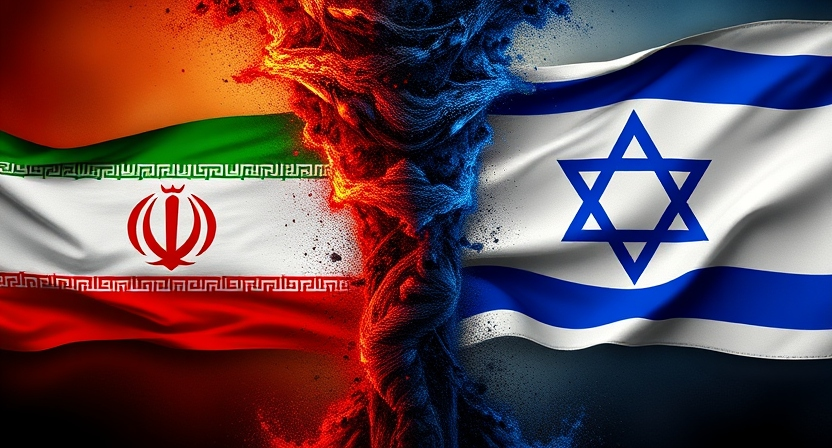
Nuclear Advancements
Tehran’s approach to foreign policy in the Middle East is influenced by a combination of geopolitical, ideological, and military considerations, with its nuclear program playing a significant role. Since the United States' withdrawal from the nuclear deal in 2018, the Islamic Republic has advanced its nuclear developments, positioning these capabilities as a potential deterrent against perceived external threats, particularly from Israel. A notable development occurred in 2023, when the IAEA reported finding uranium particles enriched to 83.7% in a declared facility — a level approaching weapons-grade material.
These advancements have significantly strengthened the Islamic Republic’s strategic position, as the prospect of developing nuclear weapons reduces the likelihood of direct military intervention by its adversaries. With this deterrent in place, though not the sole factor, the Shiite regime feels emboldened to act more assertively, pushing the limits of its regional influence and responding more aggressively to external provocations. For instance, the Israeli strike on the Islamic Republic’s consulate in Damascus in April 2024 has been met with an increased likelihood of retaliation. Tehran’s nuclear capability serves as a protective shield, allowing it to project power and influence more aggressively, while its ideological goals and regional ambitions drive its assertiveness in confronting rivals like Israel and Saudi Arabia.
Despite arguments by some experts that nuclear weapons would undermine its security and diplomatic relations, Iranian officials view nuclear capabilities as a strategic asset that could grant superiority over regional adversaries. Engaging in a nuclear arms race could be economically unsustainable and diplomatically harmful for Tehran, however, nuclear capability is tied not only to military deterrence but also to a pursuit of prestige, both domestically and internationally. This aligns with its broader goal of establishing regional hegemony, while also reflecting its revolutionary ideology rooted in values like independence, anti-imperialism, and resistance to foreign domination since 1979.
Conclusion
The Islamic Republic’s shift to direct action against Israel reflects a new phase in its foreign policy. Weakened proxies and rising domestic discontent are challenging Tehran’s traditional strategies. As nuclear developments bolster its assertiveness, this new approach risks further regional instability and could have global security implications, underscoring a significant turning point in Middle Eastern dynamics.
- Board of Governors (2023). NPT Safeguards Agreement with the Islamic Republic of Iran Report by the Director General. Available at: https://www.iaea.org/sites/default/files/documents/gov2023-58.pdf.
- Mirza, M.N., Abbas, H. and Qaisrani, Irfan Hasnain (2022). The Iranian Nuclear Programme: Dynamics of Joint Comprehensive Plan of Action (JCPOA), American Unisolationism and European Apprehensions. Journal of European Studies, 38(1), pp.14-32. Available at: https://ssrn.com/abstract=4002492.
- Maleki, A. (2010). Iran’s nuclear file: recommendations for the future. Daedalus, 139(1), pp.105–116. Available at: https://www.jstor.org/stable/40544048 [Accessed 2024].

